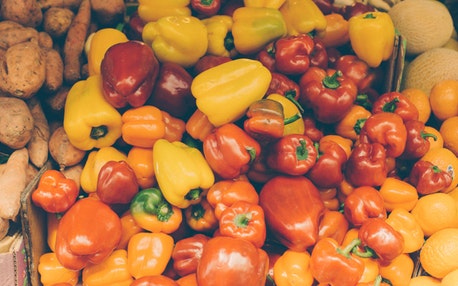Master Your Garden
- How do you plan a garden? Since a big part of the answer is visual watch this video to start thinking about color, heights and pattern.
- The next step is choosing which kind of garden you want: vegetable, herb, flower, or a combination? If you want to include flowers think about how much time commitment you are willing to give your garden and then decide on annuals (long summer bloom but have to be planted each year) vs perennials (shorter bloom but survive year after year)
- Before you head off to buy your plants choose a place for your garden. Spend most of a day in the spot you have picked out just to make sure how much sun the garden will get. If your ideal garden site is full of shade be sure to get plants that thrive in the shade, their tags at the store will tell you.
- Is your garden going to be in a place that you will see often? Be sure that you choose a spot that will catch your eye because you will be less likely to neglect it.
- Time to clear the ground for your garden. If you feel the need to do this quickly or if you have weeds in your grass dig out the sod and then put down 3 inches of compost.
- If you have four months to spare, instead of digging out sod, lay down several sheets of newspaper (more sheets for Bermudagrass or St. Augustine grass), cover it with 3 inches of compost and voilà.
- To find out what your soil is lacking you can go the extra mile by doing a soil test yourself or by contacting your county cooperative extension office.
- Dig only when the soil is moist but not so wet that you can’t make a ball with it. Be sure to mix in the compost with the top 12 inches of soil. For annual flowers and vegetables only turn the soil before you plant and do it in the spring.
- If all you want to is to have plants that are easy to care for start with these:
- One of the hardest things about starting a garden is to keep it small, when you go shopping it is all too easy to get carried away, but do your best to resist every impulse and grow your garden slowly.
- Refer to the instructions on seed packets to know how deep to plant and how much space they need from other plants. This can be a good way to save money and you can start before spring
- Once your seeds/plants are in the ground, water them in the mornings and give some extra water love to any transplants and seedlings, the watering amount for mature plants depends on the plant, climate, and soil.
- To fight off weeds and keep water from running off, put down a couple inches of mulch. Use bark chip mulch for any perennials and pine needles for annuals.
- Dry fertilizer is best to use halfway through the season, while liquid fertilizer is a monthly commitment.
- When Fall rolls around use this article to help you prepare your garden for winter
- Once it is too cold outside or you don’t have a yard and you are thinking about indoor gardening make sure you take your time deciding and of course start small!
- An important factor to consider for any garden is cross-pollination
- If your region is prone to droughts follow these tips to keep your garden healthy

